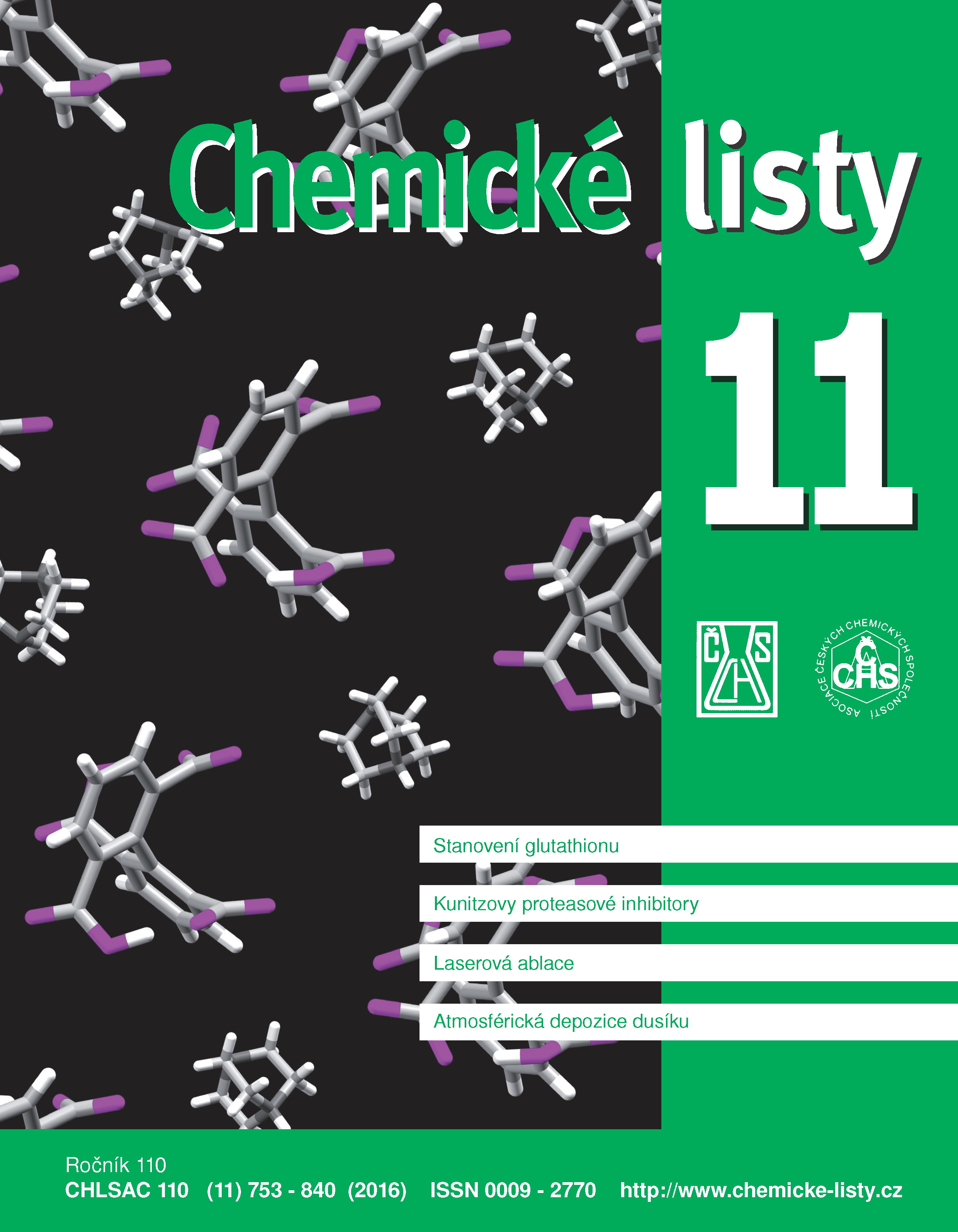Kunitzovy proteasové inhibitory z rostlin: strukturní a funkční diverzita
Klíčová slova:
inhibitory proteas, Kunitzovy inhibitory, proteolytické enzymy, prostorová struktura proteinů, obranné proteiny rostlinAbstrakt
Protease inhibitors of the plant Kunitz family (I3 or Kunitz-P family) are widely distributed in the plant kingdom. They are critically involved in plant defense against insect herbivores and pathogens through the regulation of exogenous proteases. The majority of characterized members of the Kunitz family are inhibitors of proteases of the serine class (S1 and S8 families); inhibitors of aspartic proteases (A1 family) and cysteine proteases (C1 family) are less abundant. Some of the inhibitors are double-headed, with two independent reactive sites, or bifunctional, targeting different protease families. The high functional versatility stems from a system of multiple variable loops exposed on the conserved β-trefoil scaffold. Several reactive sites on the loops with different locations evolved independently during evolution as demonstrated by recent 3D structures of the complexes of Kunitz inhibitors with serine proteases. This review provides new insight into structure-function relationships in the Kunitz inhibitor family.





